Origins of the regular vegetation patterns described as Namibian fairy circles ($)
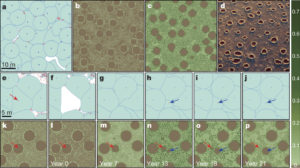 For decades, scientists have debated the origin of the strange patterns of grass growth known as fairy circles in the Namibian desert. Photographs show a strikingly regular pattern circles of bare ground surrounded by a ring of grass. One hypothesis is that these patterns form due to the action of insects; perhaps termites space themselves regularly. Another hypothesis is that the patterns arise as a consequence of competition for water between plants; the circles may represent optimal spacing for plants growing in a very arid region. Tarnita et al. started with the termite hypothesis and found that by also integrating plant competition they were able to model the fairy circles and also patterns of vegetation between them. Interestingly, in their models the presence of the termites actually made the vegetation more tolerant to simulated drought than when modeled without the termites. Nature 10.1038/nature20801
For decades, scientists have debated the origin of the strange patterns of grass growth known as fairy circles in the Namibian desert. Photographs show a strikingly regular pattern circles of bare ground surrounded by a ring of grass. One hypothesis is that these patterns form due to the action of insects; perhaps termites space themselves regularly. Another hypothesis is that the patterns arise as a consequence of competition for water between plants; the circles may represent optimal spacing for plants growing in a very arid region. Tarnita et al. started with the termite hypothesis and found that by also integrating plant competition they were able to model the fairy circles and also patterns of vegetation between them. Interestingly, in their models the presence of the termites actually made the vegetation more tolerant to simulated drought than when modeled without the termites. Nature 10.1038/nature20801



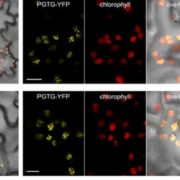

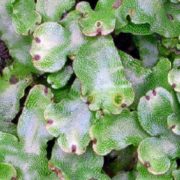
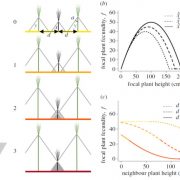
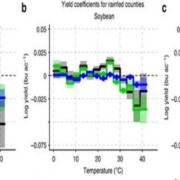


Leave a Reply
Want to join the discussion?Feel free to contribute!